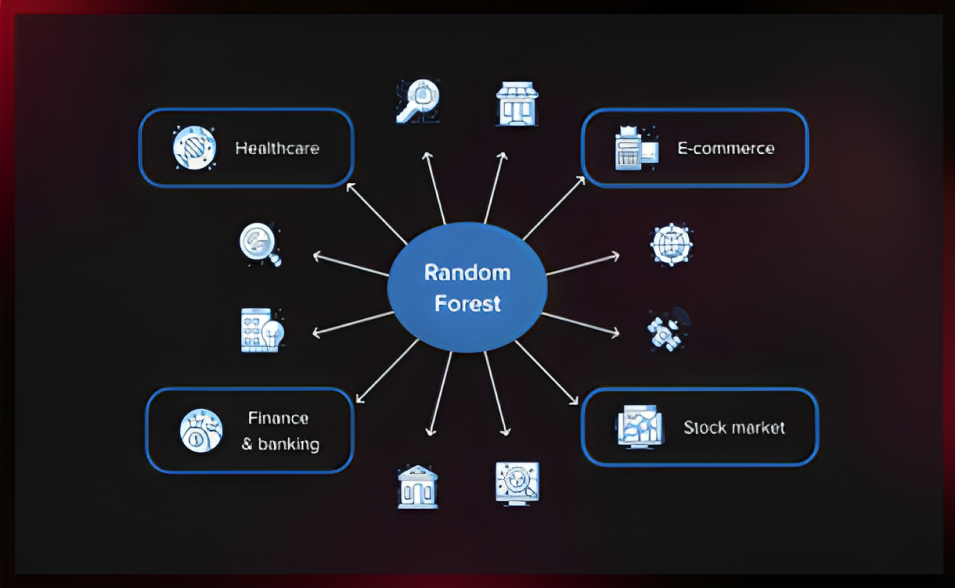Machine learning and data science has gained popularity as a powerful technology today. We know that the random forest algorithm has the ability to tackle a wide range of challenges. It is a powerful and versatile tool that helps to incorporate data. It has features that can give accurate predictions and make it useful for various individuals and industries to make solid decisions. From business analysts to medical researchers, random forests have proven their worth across domains.
Random Forest: Business Analysts and Market Predictions
For business analysts and market researchers, Random Forest is a valuable asset. The algorithm’s ability to handle large datasets with numerous variables makes it perfect for analyzing market trends, predicting consumer behaviors, and forecasting sales. In the realm of financial markets, where predictions are crucial, Random Forest can incorporate various financial indicators to provide insights into stock price movements, helping traders and investors make more informed decisions.
Moreover, Random Forest’s capacity to identify feature importance enables businesses to understand which factors significantly influence outcomes. This information is invaluable for devising marketing strategies, optimizing product offerings, and tailoring services to specific customer segments.
Medical Researchers and Disease Diagnosis
In the medical field, accurate and timely diagnosis is often a matter of life and death. Random Forest shines here as well. Medical researchers can utilize this algorithm to analyze patient data, ranging from genetic information to lifestyle variables, and develop models that aid in diagnosing diseases. Its ability to handle missing data and noise makes it suitable for medical applications where data quality can be a challenge.
For instance, in medical imaging, Random Forest can assist radiologists in identifying patterns and anomalies in X-rays, MRIs, and CT scans. By processing a multitude of features, the algorithm can aid in the early detection of conditions like cancer, neurological disorders, and cardiovascular diseases.
Ecologists and Environmental Scientists
Ecologists and environmental scientists often grapple with complex ecosystems and intricate interactions between various factors. Random Forest can be a game-changer for them. It can analyze environmental data, such as climate variables, species distribution, and habitat characteristics, to model and predict the impact of changes in the ecosystem.
Researchers can employ Random Forests to understand how factors like temperature, precipitation, and human activity influence biodiversity and ecosystem health. This knowledge is vital for making informed conservation and management decisions to protect fragile environments and species.
In the financial sector, particularly in lending and credit assessment, Random Forest plays a pivotal role. When assessing the creditworthiness of individuals, banks and financial institutions can employ this algorithm to analyze a wide range of variables, including income, employment history, and past credit behavior. The algorithm’s ability to handle both numerical and categorical data is a significant advantage in this scenario.
By training on historical credit data, Random Forest can predict the likelihood of a borrower defaulting on a loan. This assists lenders in making prudent lending decisions, managing risk, and setting appropriate interest rates.
Currently, machine learning and data science are providing support to various domains. So it becomes increasingly imperative to have an algorithm that can adapt to different challenges. Random Forests are gaining popularity due to their versatility, accuracy, and ability to handle both structured and unstructured data. You can proceed to use the power of data for any informed decision-making. Random forests serve as an advanced model for improving data science.
Final words
The Random Forest algorithm’s utility is not limited to a specific field; it extends across diverse industries and sectors. Its ability to handle complex datasets, provide feature importance insights, and deliver robust predictions makes it an invaluable tool for professionals ranging from business analysts and medical researchers to ecologists and credit lenders.
